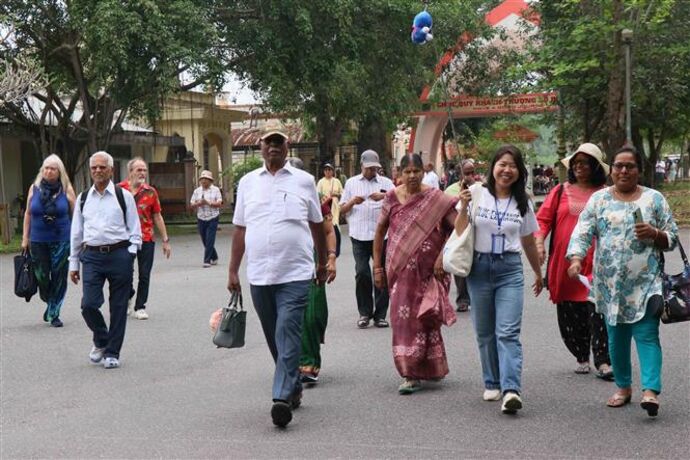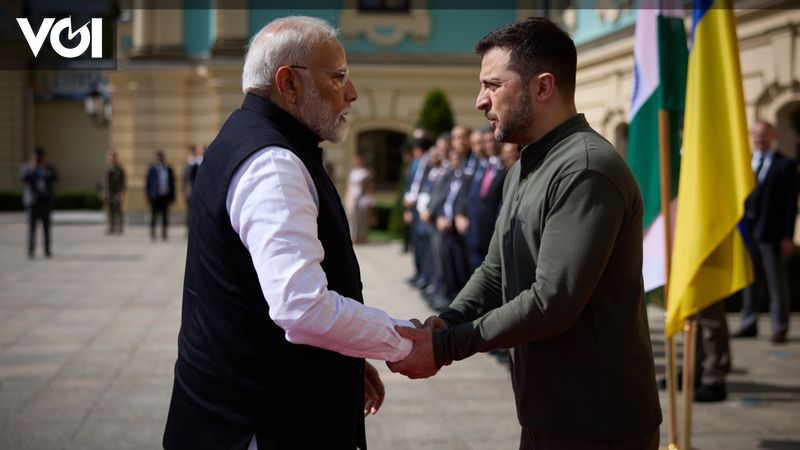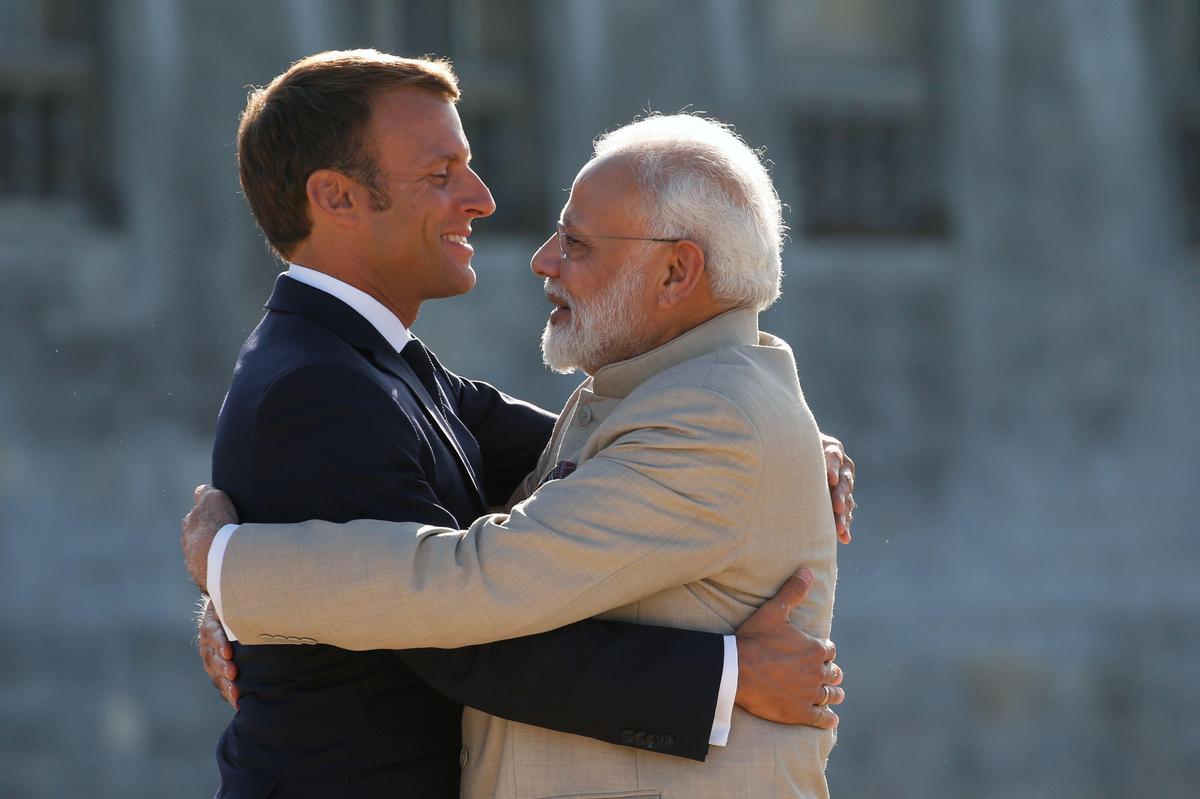This is a recurring sight in India in big cities: buildings become invisible at a height of more than 50 meters, lost in a haze of pollution. And it’s been since Tuesday, October 25 morning in the capital, New Delhi, where microparticle index close to 400, this is 25 times higher than the maximum standard set by the World Health Organization (WHO). And pollution isn’t just visual: particles are ubiquitous in this city of 20 million people.
Breathing may become difficult in some places. Several other major cities were affected, including Mumbai on the Indian Ocean coast. Therefore, this is a direct consequence of the firecrackers that accompany this Diwali festival, the most important festival in Hinduism. It’s a bit like Christmas in the West. As Diwali celebrates light, the victory of good over evil, Indians are used to setting off fireworks and launching huge numbers of firecrackers. And the official ban doesn’t change anything: the municipality of New Delhi, this year once again, refused to allow the sale of firecrackers, under a sentence of six months in prison. It doesn’t stop anything.
However, the situation has looked a little better in recent days with the lowest pollution levels in four years in New Delhi. Because there was a little wind, and then the cold air that flattened the particles on the ground had not yet arrived. It is still 29 today in the Indian capital. Often the Diwali festival falls a little at the end of the year, to be precise in early November; then it gets colder and the pollution effect increases. Nevertheless, the levels recorded on October 25 suggest that pollution could skyrocket at any time. With a combination, in this case, of several factors: smoke from firecrackers, car pollution (nearly 12 million vehicles in New Delhi), industrial emissions (a coal-fired power plant near the city) and traditional burning of the season by surrounding rural farmers. According to a study by the scientific journal Lancet published two years ago, air pollution caused, in 2019 alone, 17,500 deaths per year in New Delhi.
Prime Minister of India, he has chosen to avoid pollution to celebrate Diwali: Narendra Modi goes to the heights, in the valley of the Kargil glacier. Symbolic place to flatter Indian nationalism: there, in the very north of the country, in the Kashmir region, at an altitude of 5,000 meters, India won a military victory 20 years ago against its neighbor Pakistan. Away from the mists of New Delhi, under the scorching Himalayan sun, Narendra Modi, in his military uniform, sunglasses and ranger hat, went to meet the soldiers guarding the valley. The Indian Prime Minister also took the opportunity to welcome the appointment of his new British counterpart of Indian origin, Rishi Sunak, whose grandmother had emigrated from Punjab. The fact that this appointment took place on the day of Diwali is also interpreted today by many Indians as sign and revenge against the former British colonizers.

“Twitter junkie. Hipster-friendly bacon expert. Beer ninja. Reader. Communicator. Explorer. Passionate alcohol geek.”







